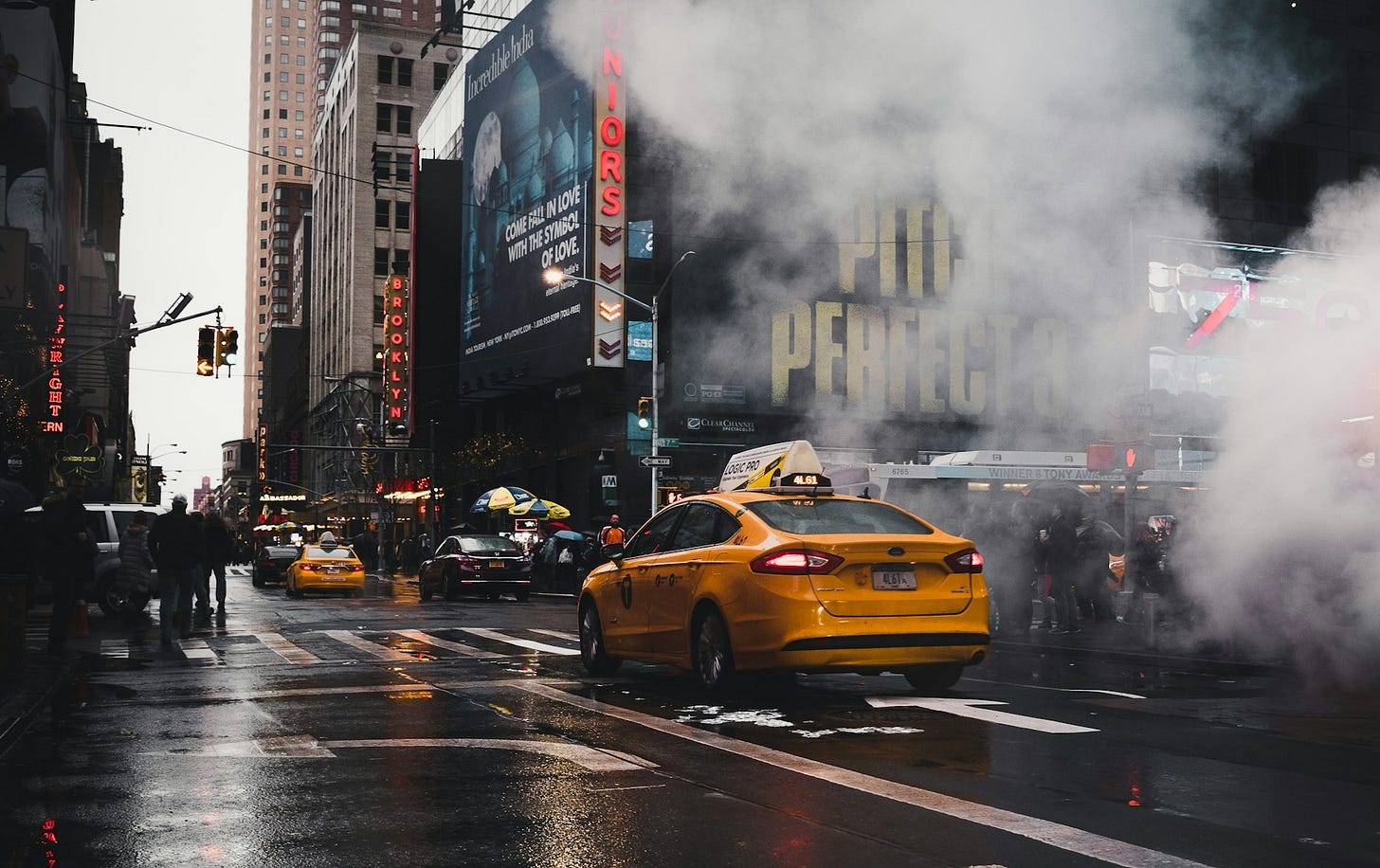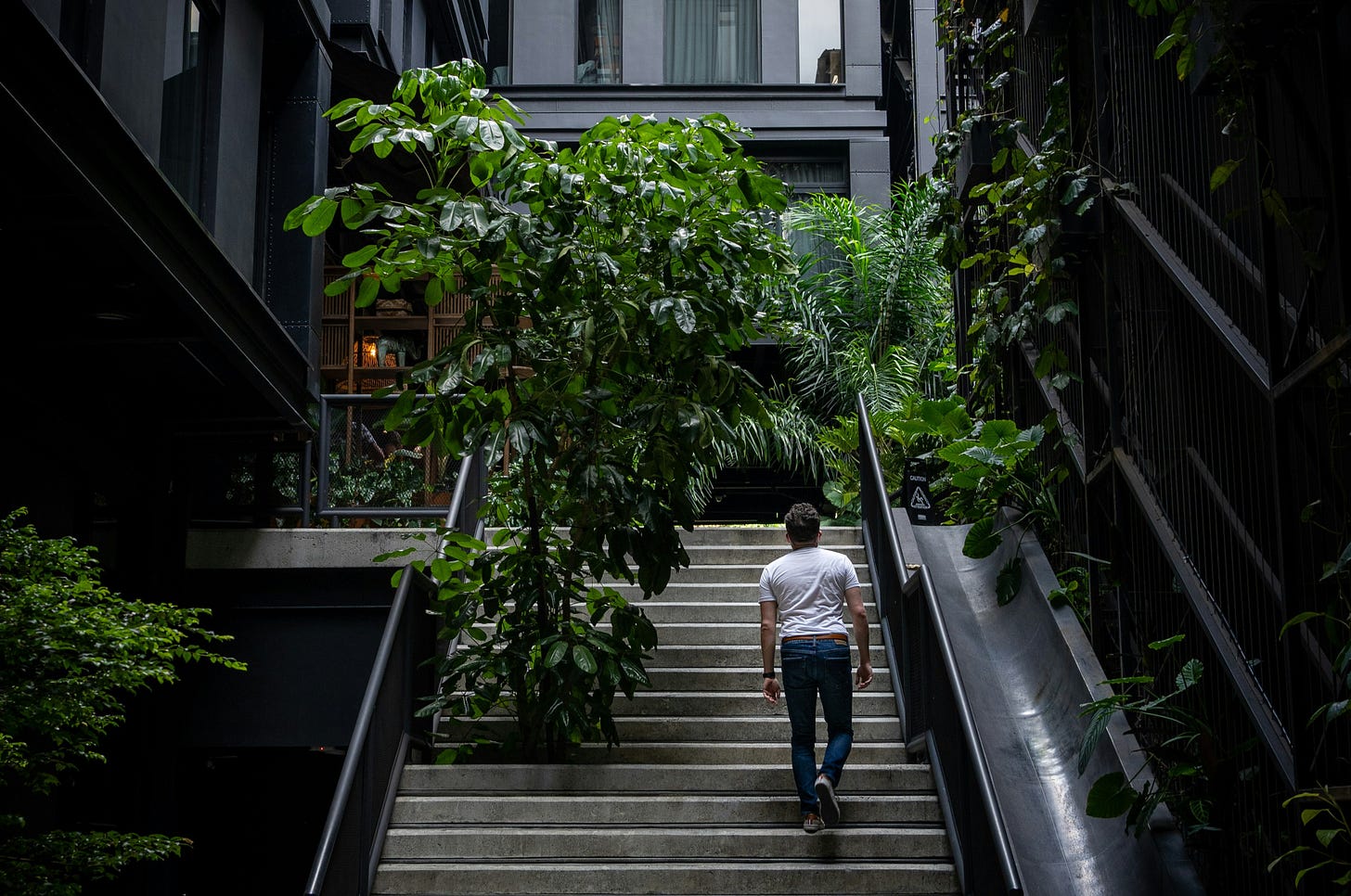When we think about moving to a new neighborhood, it’s not just the homes or schools that we look at. We take a look at the polished sidewalks, the absence of graffiti and potholes.
This phenomenon ties directly into the Broken windows theory, which states that visible signs of neglect, such as a shattered pane or an abandoned car, can spiral into broader social disorder.
A clean, orderly environment, on the other hand, sends a powerful signal of community pride and stability. These signals shape the decisions of prospective residents, influencing whether they see a neighborhood as an opportunity or a risk.
People instinctively avoid areas that look neglected, fearing that these signs of decay may reflect higher crime rates, lower property values, or limited upward mobility. The Broken window theory suggests that even small signs of disorder can deter families and individuals from putting down roots, as they seek out neighborhoods that visually reflect their hopes for security and prosperity.
Take New York City in the 1990s. The city adopted a strict approach to crime and disorder, inspired by the Broken window theory. Policies targeted small infractions like graffiti, littering, and fare evasion on public transit. Over time, these efforts helped transform areas like Times Square from neglected spots to tourist-friendly hubs.
While controversial, the initiative demonstrated that visible order can profoundly influence how people perceive a space. Families and businesses began returning to previously overlooked neighborhoods, breathing new life into urban cores.
After all, there’s a reason Paris wanted to clean-up the Seine and have the media take pictures of people swimming.
The same principle applies in smaller cities. Cities like Detroit have seen crime rates drop significantly thanks to cleanup efforts. Sadly, when a particularly shocking crime occurs in Detroit, it often overshadows the city’s improving crime statistics.
The visual state of a neighborhood doesn’t just tell a story about its present; it also speaks about the near future. When prospective residents tour a community, they are unconsciously assessing whether it aligns with their aspirations and values.
Research in environmental psychology supports this: people associate urban green space with safety, social cohesion, and opportunity. By contrast, neighborhoods marked by litter or dilapidation often trigger perceptions of chaos or neglect, discouraging newcomers from taking the plunge.

This bias is further amplified by social media and online platforms like Zillow and Redfin. Potential movers now rely on digital impressions. The viewer gets to see photos of streets, parks, and public spaces. Once the viewer sees an area with broken windows or graffiti-covered walls, they back out to view another listing.
Unfortunately, this is how the broken window effect creates a self-reinforcing cycle in neighborhoods struggling with neglect. A lack of investment in public spaces leads to declining property values, which reduces municipal tax revenues, further exacerbating the need for funding.
This downward spiral can also erode the morale of current residents. Moreover, these neighborhoods can become stigmatized, limiting opportunities for growth and deterring individuals who could bring fresh energy and resources.
According to a report by the U.S. Census Bureau, as of 2023, approximately 11.1% of Americans or 36.8 million are living in poverty.
That’s almost the entire population of Canada.
Consider neighborhoods in Chicago’s South Side or parts of Baltimore, where visible disrepair has contributed to long-standing reputations of decline. Efforts to revitalize these areas show promise, but they also underscore the massive work a city needs to renovate itself.
It requires sustained investment and community engagement.
Cities that prioritize maintenance and cleanup efforts have seen dramatic turnarounds, proving that investment in public spaces pays dividends. For example, after Curitiba, Brazil, launched its groundbreaking waste management program, littered streets turned into clean, vibrant corridors, attracting new residents and boosting local commerce.
But let’s be clear. Cities are treated like businesses, and low-income neighborhoods are considered bad investments. This mindset disregards the human cost. Most people don’t think twice about those living in low-income neighborhoods. Those who live in these communities are left to navigate broken sidewalks, aging schools and clinics, and limited access to essential services.
Wealthy individuals and businesses, who could act as catalysts for change, seldom step up. One reason is a lack of incentives. Investing in poorer areas is seen as risky, with uncertain profits and long timelines for returns.
Politicians, for their part, often campaign on promises of poor cities renewal but rarely follow through in a meaningful way. The root of the issue lies in voter demographics and political influence. Poorer communities tend to have lower voter turnout, which diminishes their political clout.
Wealthy donors and developers, who prioritize projects that cater to affluent areas, hold sway over city budgets. As a result, politicians focus on high-profile projects that appeal to the upper-middle class and above. This further marginalizes the very neighborhoods that need help the most.
The irony is that neglecting poorer areas comes with its own steep costs.
Studies repeatedly show that investing in low-income neighborhoods can lead to significant reductions in crime and an increase in property values citywide. For example, repairing broken infrastructure and creating green spaces can improve residents' quality of life and attract businesses, fostering economic growth.
If we want to bridge the divide between wealthy and poor neighborhoods, governments must reallocate funds toward equitable development, incentivizing investments in underserved communities.
Wealthier citizens should see their contributions not as charity, but as investments in the collective future. Investing in neglected communities helps dismantle inequality barriers.
When residents and businesses in wealthier areas step in to support initiatives like public infrastructure upgrades, local education reform, or small business revitalization in poorer neighborhoods, they are planting the seeds of growth. The ripple effects are profound: healthier, more stable neighborhoods contribute to citywide economic stability and foster a sense of shared progress.
Atlanta offers a prime example of this principle in action. In the Old Fourth Ward, targeted public-private investments revitalized a neglected area into a thriving community, spurring both residential growth and economic activity. These improvements didn’t just help the local residents; they drew visitors and capital from wealthier neighborhoods, demonstrating what economists call “positive externalities”.
In this case, the benefits of investment extended far beyond the neighborhood itself, raising property values and generating new tax revenues across the city.
Let’s look at another example.
Medellín, Colombia, was once a city where drug cartels thrived. By the early 2000s, Medellín’s leaders embarked on an ambitious strategy to tackle the root causes of crime: inequality, lack of opportunity, and social isolation.
They made bold investments in infrastructure and education. The Metrocable system became a lifeline for residents in impoverished hillside communities, connecting them to jobs, education, and healthcare in the city center. Simultaneously, the city built world-class libraries, schools, and public parks in areas long ignored by urban planners. These spaces weren’t just functional; they were designed to inspire their residents.

The results were transformative. Crime rates in Medellín dropped dramatically—homicides fell by over 80% in less than two decades. The population began to grow as people flocked to the city, drawn by its reputation for innovation and livability. Economic activity surged, with startups, tech companies, and cultural institutions establishing a foothold in what was once a place of fear and decline.
Medellín is now in contention for being the tech-hub of South America.
Investing in housing development in poorer areas is not just an ethical imperative but also an economic and social necessity. When low-income neighborhoods are revitalized with affordable, quality housing, it can catalyze improvements across various aspects of community life, from health outcomes to economic mobility.
One example comes from Minneapolis, which abolished single-family zoning in 2019. This policy change encouraged denser, multifamily housing developments, helping address housing shortages and preventing poorer areas from being locked into cycles of disinvestment. The policy has been praised for promoting inclusivity and reducing segregation.
The Broken windows theory is a lot like a neighborhood garden. In a wealthy community, the garden thrives because resources are abundant. Any signs of neglect, for example, an invasive weed or a broken fence, are immediately addressed. Gardeners arrive on time, ensuring every flower blooms and the space remains a welcoming sanctuary.
Now picture a different garden in a poorer area. Here, resources are scarce, and the tools for maintenance are often missing. A few weeds sprout, and over time, they take over. Without intervention, the once-promising garden turns into an overgrown lot, signaling abandonment and deterring neighbors from planting their own seeds. For the residents near this garden, it shapes how they view their surroundings.
Here’s where the effect is underestimated. A neglected garden doesn’t just affect its immediate area; it impacts the ecosystem as a whole. Nearby neighborhoods—even well-off ones—experience the ripple effects: fewer pollinators, declining air quality, and a diminished sense of shared space. Crime doesn’t respect borders, and economic stagnation anywhere weakens overall growth.
Sure, fixing a window won’t magically turn a city into paradise. But it’s the first domino in a chain of good things. It says, “Hey, we care about this amazing place. Come join us in this awesome city.”

